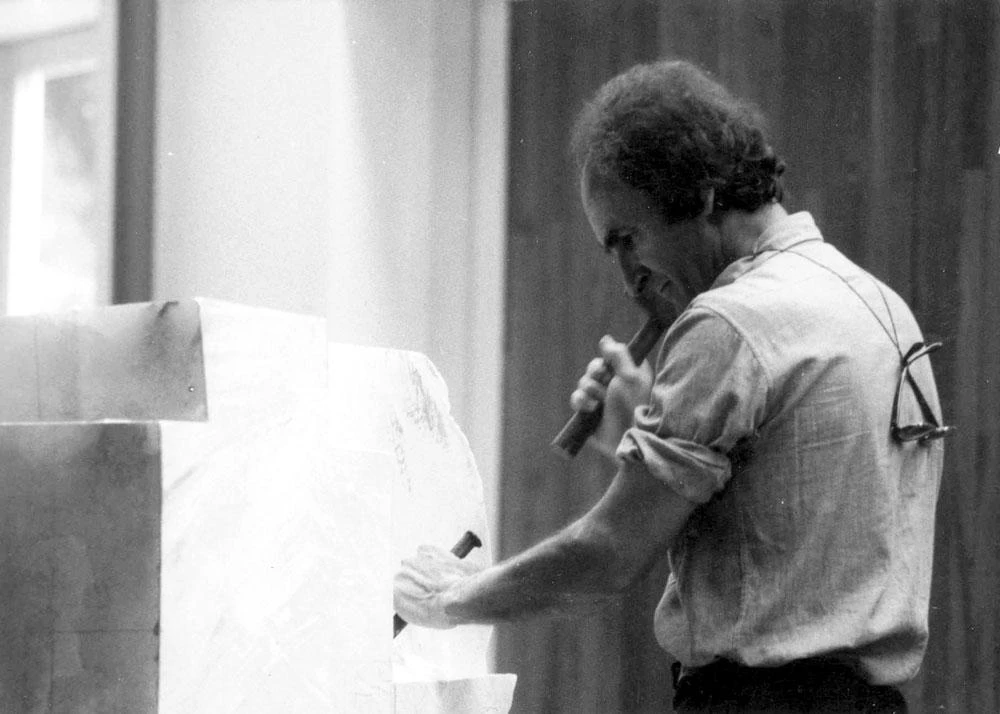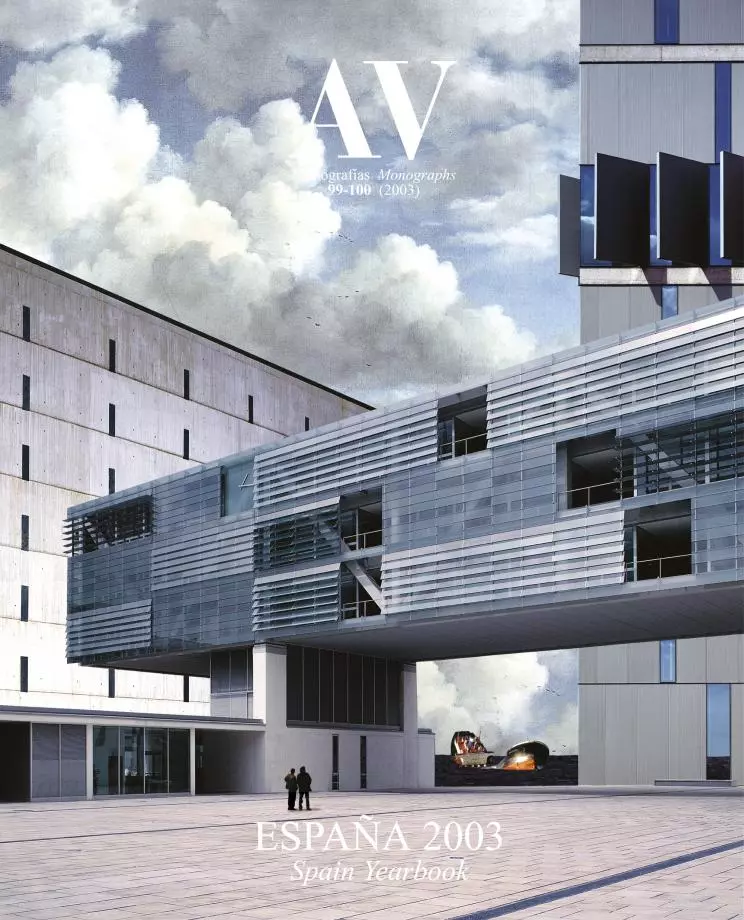
(1924-2002)
Eduardo Chillida wanted to be an architect, a vocation that he abandoned to become a painter first, and then a sculptor. But matter and form in Chillida’s sculptures revealed a spatial conception that was very close to his earliest vocation. The caged void – as in Yunque de sueños or in Jaula de la libertad –orthe excavated void – as in Mendi Hutz I or his crypt project for the mountain of Tindaya–, are the thread of an oeuvre that is intimately linked to his experimentation with all kinds of materials such as steel, concrete, wood, stone or alabaster. Awarded with the Príncipe de Asturias Prize in 1987 and the Praemium Imperiale in 1991, he was also named honorary architect by the Spanish Council of Architects. Born in San Sebastián, his large-scale pieces like the Peine del viento (San Sebastián) and the Elogio del horizonte (Gijón) preside the landscape of the coast of Cantabria. The sculptor passed away this year after the inauguration of his Chillida-Leku museum in a farmhouse whose interior was emptied to generate a undivided and naked space.





